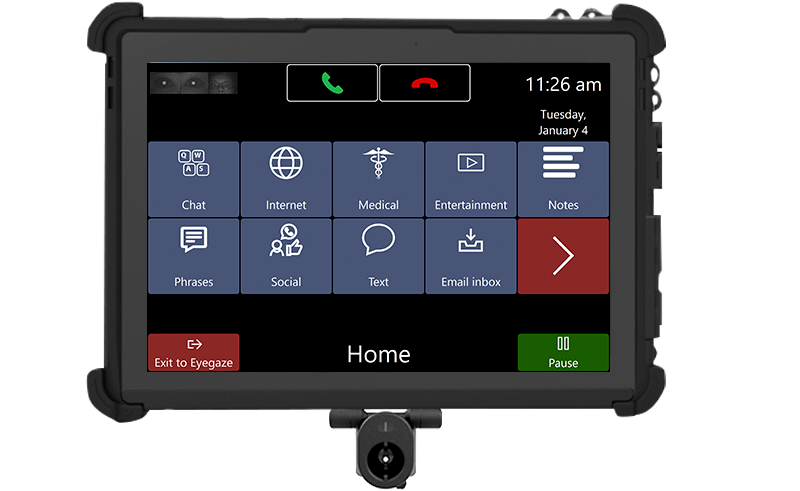You’ve likely heard about the ways eye tracking technology is leveraged to provide assistance to people living with conditions like ALS, multiple sclerosis and spinal cord injuries. However, eye tracking technology is making life better for people across industries and applications. Here are just a few ways this technology is being put to use in amazing ways.
Eye tracking technology is helping businesses improve their marketing strategies. Companies can use eye tracking research to study where consumers look at an ad online. Vision heat mapping can detect what bores and interests consumers, so marketers can move on quickly to newer, better ads.
New eye tracking studies are improving reading techniques. Researchers in Germany are working on software called Text 2.0, which intends to use eye tracking cameras to adjust a text page online to display pop-up translations and meanings of difficult or foreign words. The technology will recognize skimming behavior and adjust the page to make keywords more prominent and common words fade out, helping to improve reading comprehension.
Medical professionals are using eye tracking tests to diagnose concussions with improved accuracy and speed. Studies on mild traumatic brain injury suggest that the shearing of connections in the frontal area of the brain are the cause of memory and attention deficits that often result from concussion injuries. When doctors study patients’ eye movements, they can more quickly and correctly diagnose a concussion.
Using eye tracking technology, autism diagnoses can be affirmed earlier in the disease’s progression. Research shows that infants who go on to develop autism not only look at faces less than other babies do, but they also look away from major facial features when a person speaks. Yale University School of Medicine researchers presented these ground-breaking findings that can help diagnose autism in children as young as 6 months of age. The researchers used eye tracking to carry out their studies and are hopeful that early detection can lead to social and behavioral interventions to help these young patients recover.
As you can see, eye tracking technology applies to many aspects of daily life. Want to learn more about eye tracking technology? Start with our blog, which features the numerous ways eye tracking is making our lives better.

